Royal Indian Cuisine :
Introduction :
India boasts a rich heritage, diverse cultures, and extraordinary cuisine. Indian food offers variety, flavors, and aromatic spices. Among the different styles of Indian food, Royal Indian Cuisine stands out due to its luxurious ingredients, unique preparation methods, and historical significance. This blog takes you on a journey through the fascinating world of Royal Indian Cuisine, where every dish tells a story of grandeur, tradition, and taste.
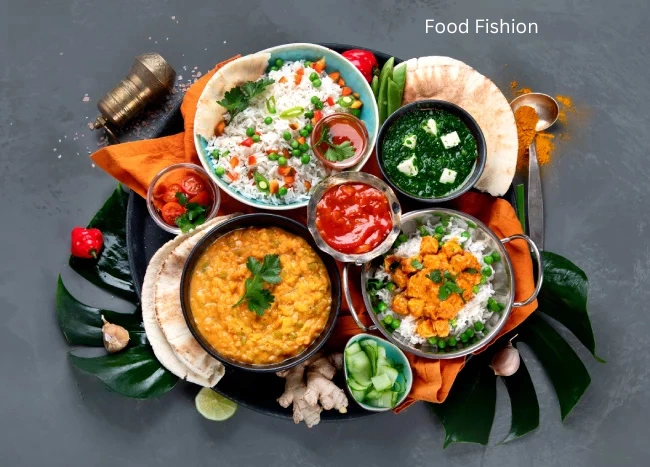
The History of Royal Indian Cuisine :
Royal Indian Cuisine originated in the kitchens of the maharajas, nawabs, and emperors who ruled different parts of the country. Each royal family employed its own chefs, known as khansamas, who created exquisite dishes using the finest ingredients. Persian, Mughal, Rajput, and Maratha culinary traditions influenced the cuisine, blending local flavors with foreign techniques.
The Mughals introduced rich and creamy dishes like biryani, kebabs, and kormas, while the Rajputs, known for their warrior lifestyle, preferred game meats, spicy curries, and dry fruits in their food. The Nizams of Hyderabad and the Nawabs of Awadh contributed to the development of dum cooking, a slow-cooking technique that enhances flavors.
Key Ingredients of Royal Indian Cuisine :
Dishes from Royal Indian Cuisine feature luxurious ingredients, which make the food rich in taste and texture. Some of the most commonly used ingredients include:
- Saffron – A prized spice that adds color and aroma.
- Dry Fruits – Almonds, cashews, pistachios, and raisins enhance taste and richness.
- Ghee – Clarified butter that deepens the flavor.
- Exotic Spices – Cardamom, cloves, nutmeg, and mace add unique aromas.
- Rose Water and Kewra Water – Enhance fragrance in dishes.
- Silver and Gold Leaves – Garnish royal dishes for a regal touch.
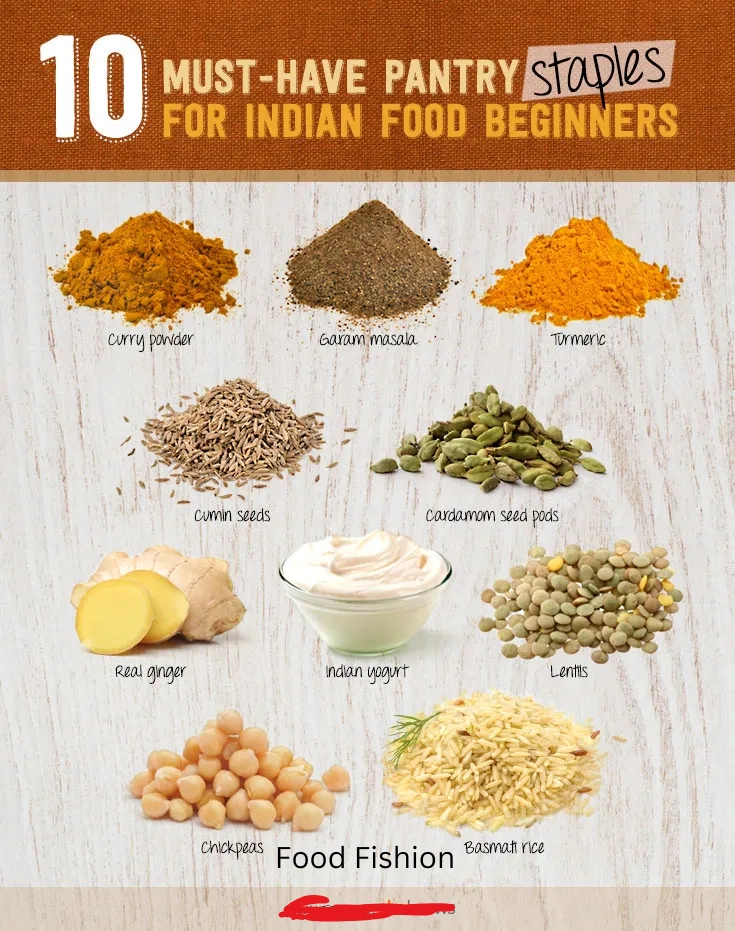
Famous Dishes from Royal Indian Cuisine :
Let’s explore some of the most famous dishes from Royal Indian Cuisine that people continue to cherish even today.
1. Biryani :
Biryani ranks as one of the most famous dishes of Royal Indian Cuisine. Chefs prepare this fragrant rice dish by cooking marinated meat (chicken, mutton, or beef) with aromatic spices and saffron. The Mughals introduced this dish to India, and different regions later adapted it into styles such as Hyderabadi, Lucknowi (Awadhi), and Kolkata biryani.
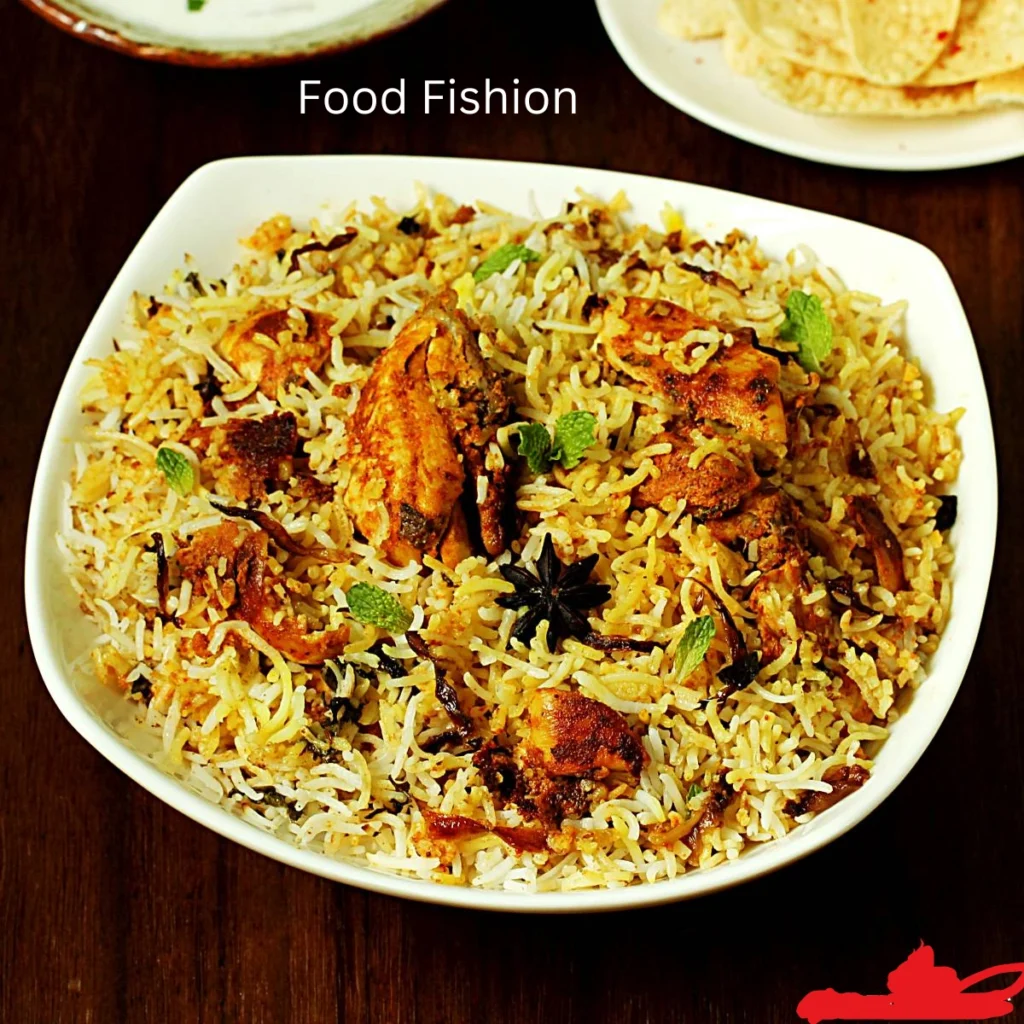
2. Shahi Paneer :
For vegetarians, Shahi Paneer offers a royal treat. The word ‘Shahi’ means ‘royal,’ and this dish truly lives up to its name. Soft paneer cubes simmer in a creamy, nutty gravy made of cashews, almonds, and cream, resulting in a rich flavor and texture.
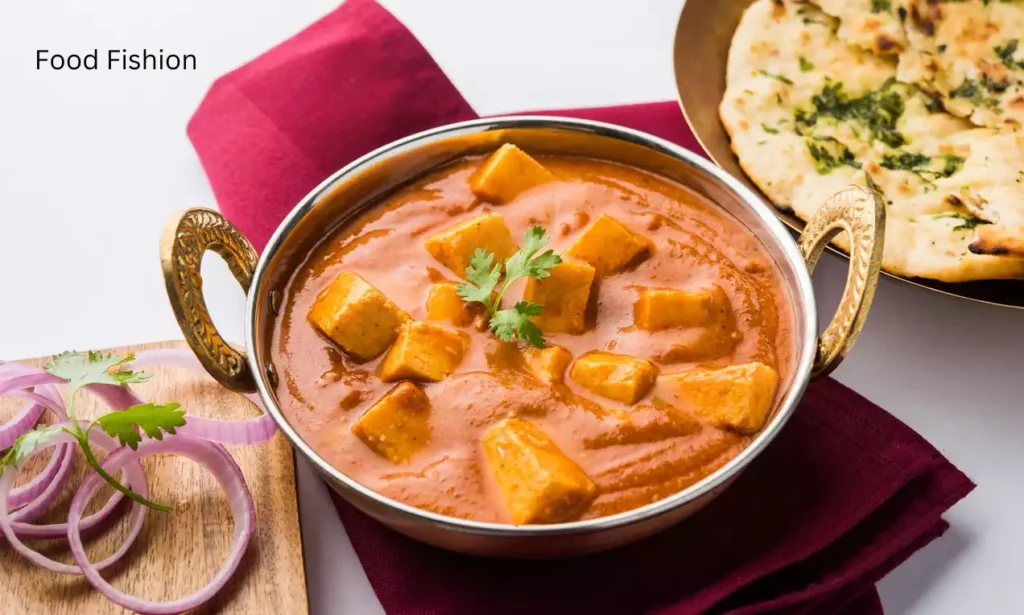
3. Nihari :
Nihari, a slow-cooked meat stew, originally delighted Mughal emperors. Cooks prepare this dish with tender meat (usually beef or lamb), slow-cooking it overnight with spices before serving it with naan or kulcha. This dish remains popular in North India, especially in Old Delhi and Lucknow.
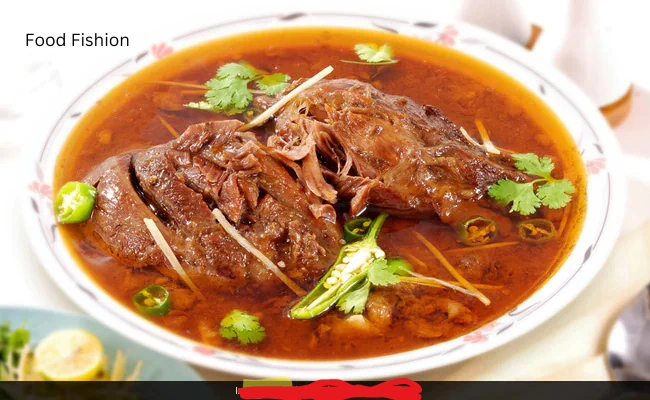
4. Laal Maas :
Laal Maas, a fiery red mutton curry from Rajasthan, traditionally satisfied Rajput warriors. Cooks prepare it with red chilies, garlic, and yogurt, creating a spicy and flavorful dish best paired with bajra roti.
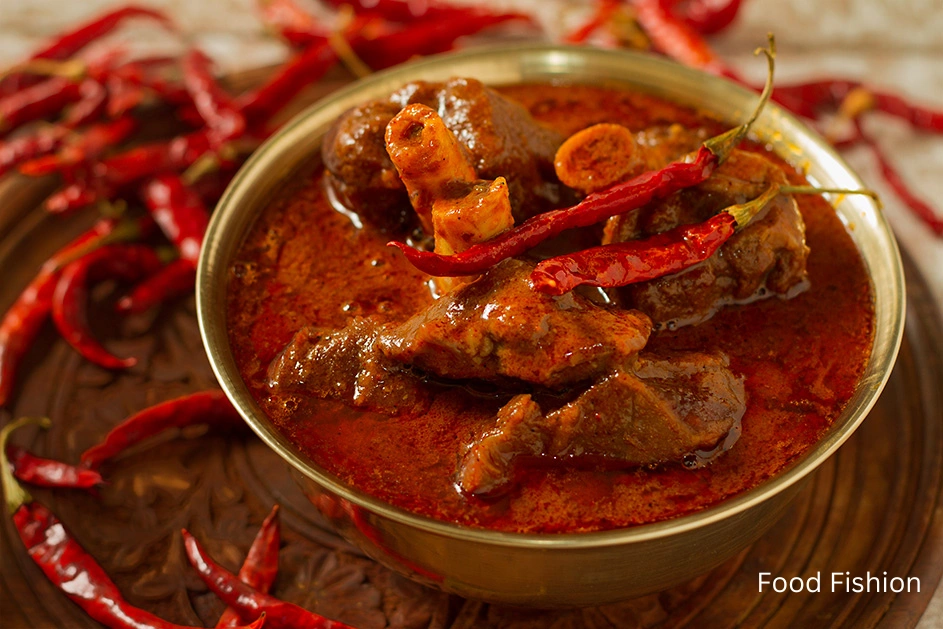
5. Dum Pukht :
Dum Pukht represents a traditional Royal Indian Cuisine cooking technique, where chefs slow-cook food in a sealed container. This method preserves the aroma and flavors, making the dish incredibly delicious. Some famous Dum Pukht dishes include Dum Biryani and Dum Gosht.
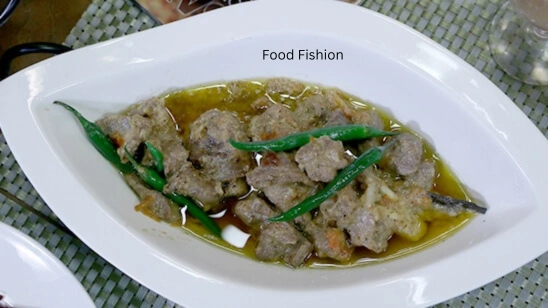
6. Malai Kofta :
A dish of North Indian origin, Malai Kofta features deep-fried cottage cheese and potato balls in a rich, creamy tomato-based gravy. Royal banquets often included this dish as an alternative to meat dishes.
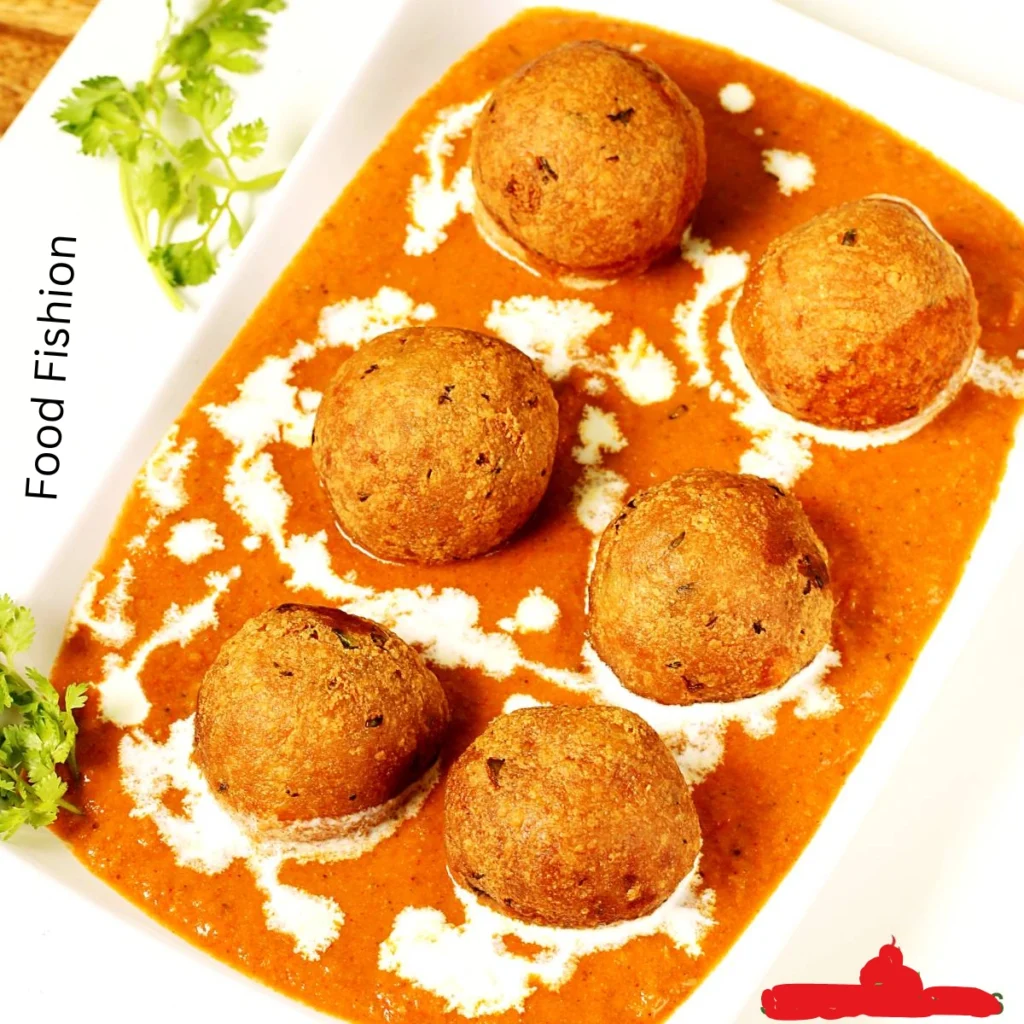
7. Sheermal :
Sheermal, a saffron-flavored, mildly sweet bread, originated in Persian cuisine and later gained popularity in Awadhi and Mughlai kitchens. People usually enjoy it with rich meat curries or kebabs.
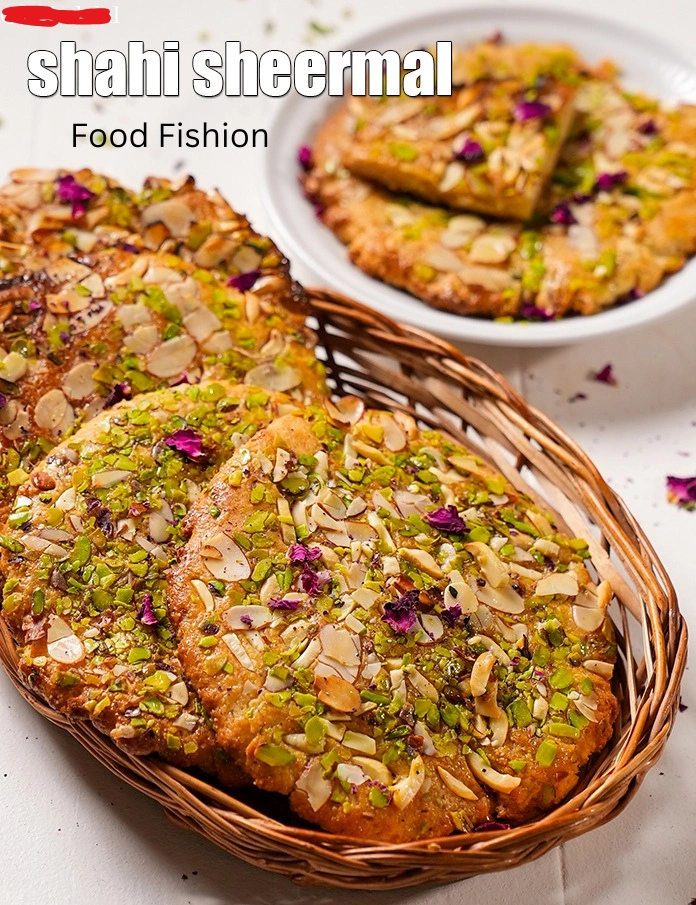
Royal Indian Desserts :
No Royal Indian Cuisine meal feels complete without a sweet treat. Here are some of the most famous royal Indian desserts:
1. Shahi Tukda :
Shahi Tukda features fried bread slices soaked in sugar syrup and topped with rabri (thickened milk), nuts, and saffron, creating a luxurious dessert.
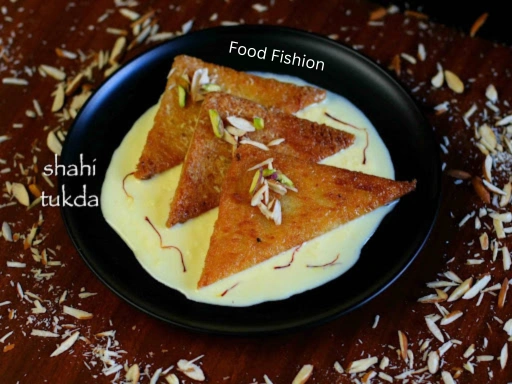
2. Phirni :
Phirni, a creamy rice pudding, consists of ground rice, milk, sugar, saffron, and cardamom. People serve it chilled in clay pots, which enhances its taste and texture.
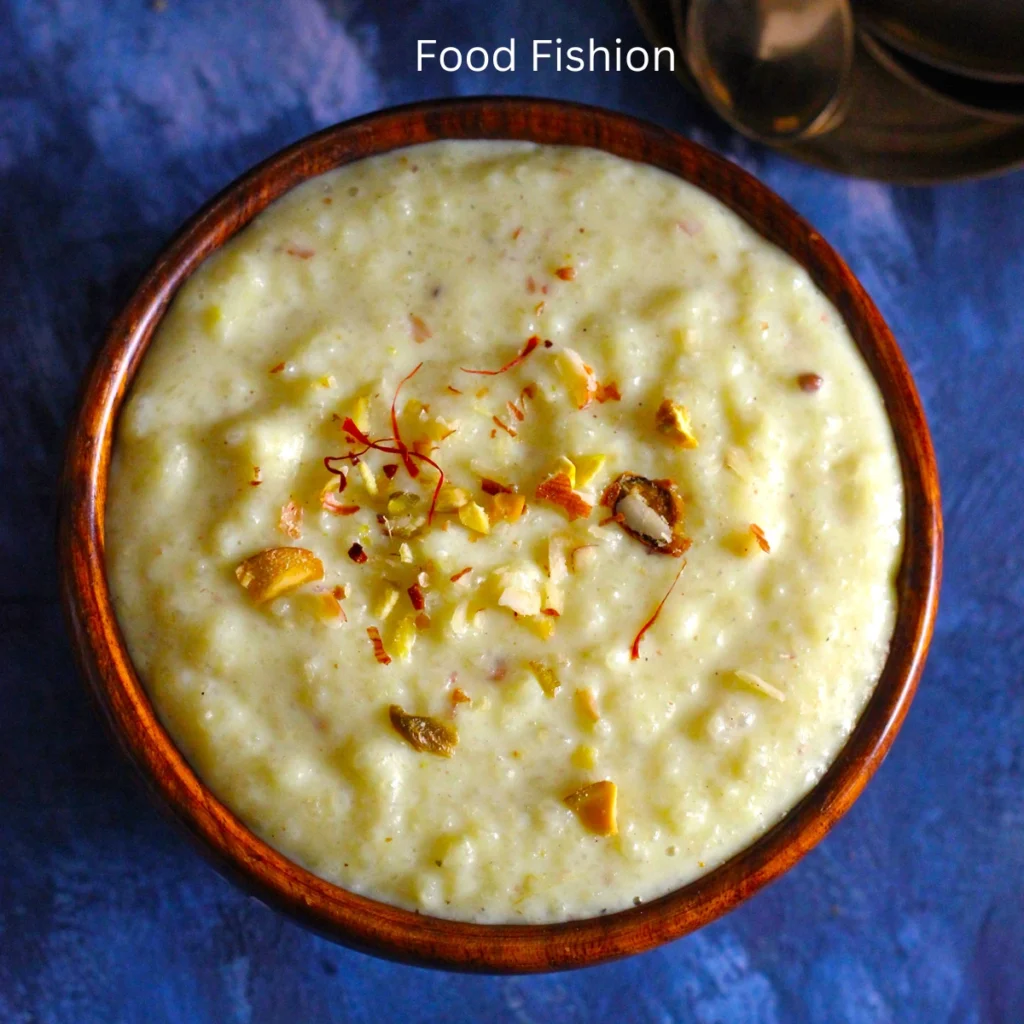
3. Gulab Jamun :
Gulab Jamun consists of deep-fried dumplings made from khoya (reduced milk) and soaked in saffron-flavored sugar syrup. Mughal emperors adored this dessert.
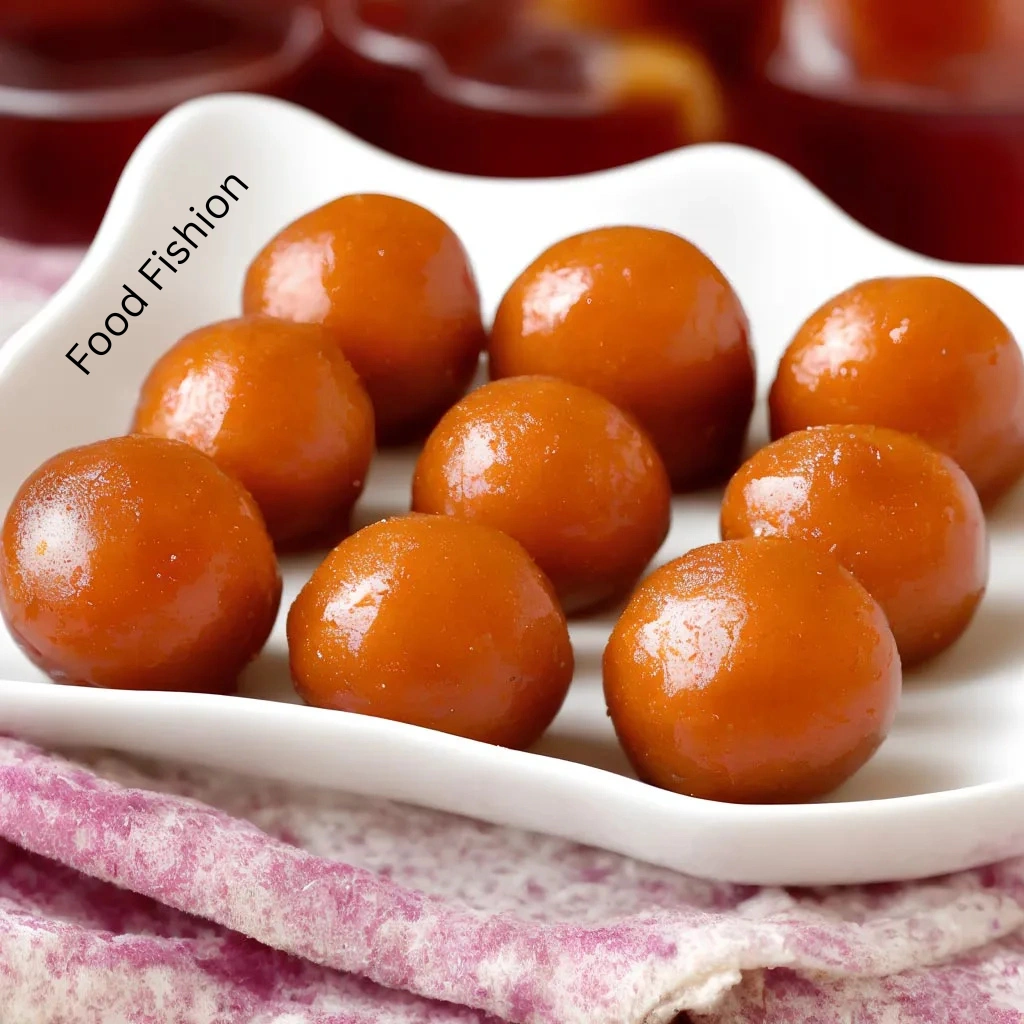
4. Mysore Pak :
A royal delicacy from Karnataka, Mysore Pak melts in the mouth. Chefs prepare it using ghee, sugar, and chickpea flour. The dish originated in the kitchens of the Mysore Palace.
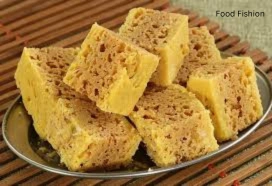
The Legacy of Royal Indian Cuisine Today :
Even though the era of kings and emperors has passed, Royal Indian Cuisine continues to thrive. Many restaurants and heritage hotels across India serve these royal dishes, preserving traditions. People across generations cherish dishes like biryani, kebabs, and shahi paneer.
Additionally, modern chefs experiment with these traditional recipes, adding a contemporary touch while maintaining the essence of Indian Cuisine flavors. Many food festivals and cooking shows celebrate Indian Cuisine, allowing food lovers to experience the grandeur of the past.
Conclusion :
Royal Indian Cuisine perfectly blends tradition, luxury, and taste. It represents India’s history, culture, and rich flavors. Whether you enjoy a plate of aromatic biryani, indulge in a creamy bowl of shahi tukda, or savor the spiciness of laal maas, you taste a piece of history.
If you ever dine in a royal-style restaurant or cook one of these dishes at home, don’t miss the chance to experience the richness of Indian Cuisine. It truly offers a feast fit for a king!
